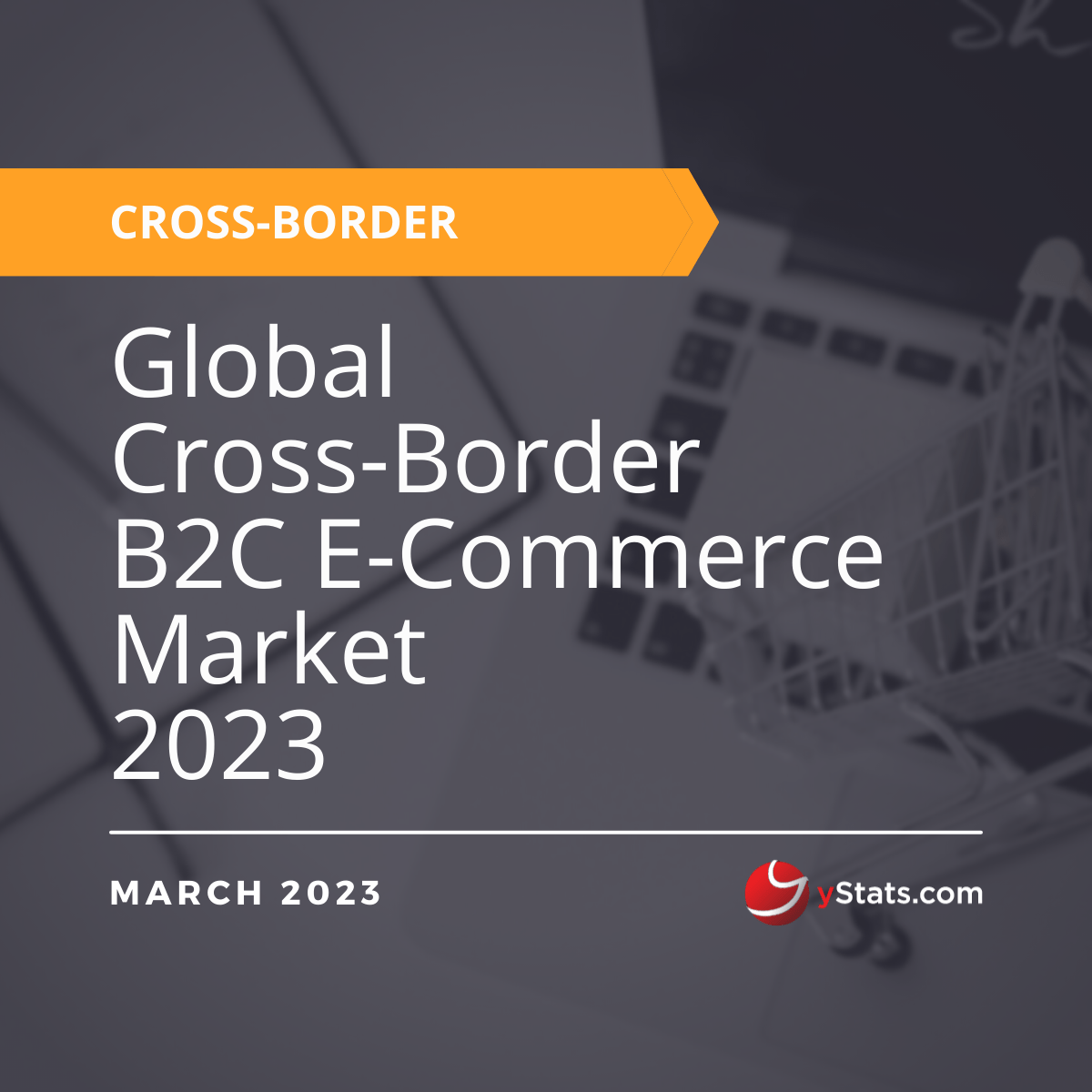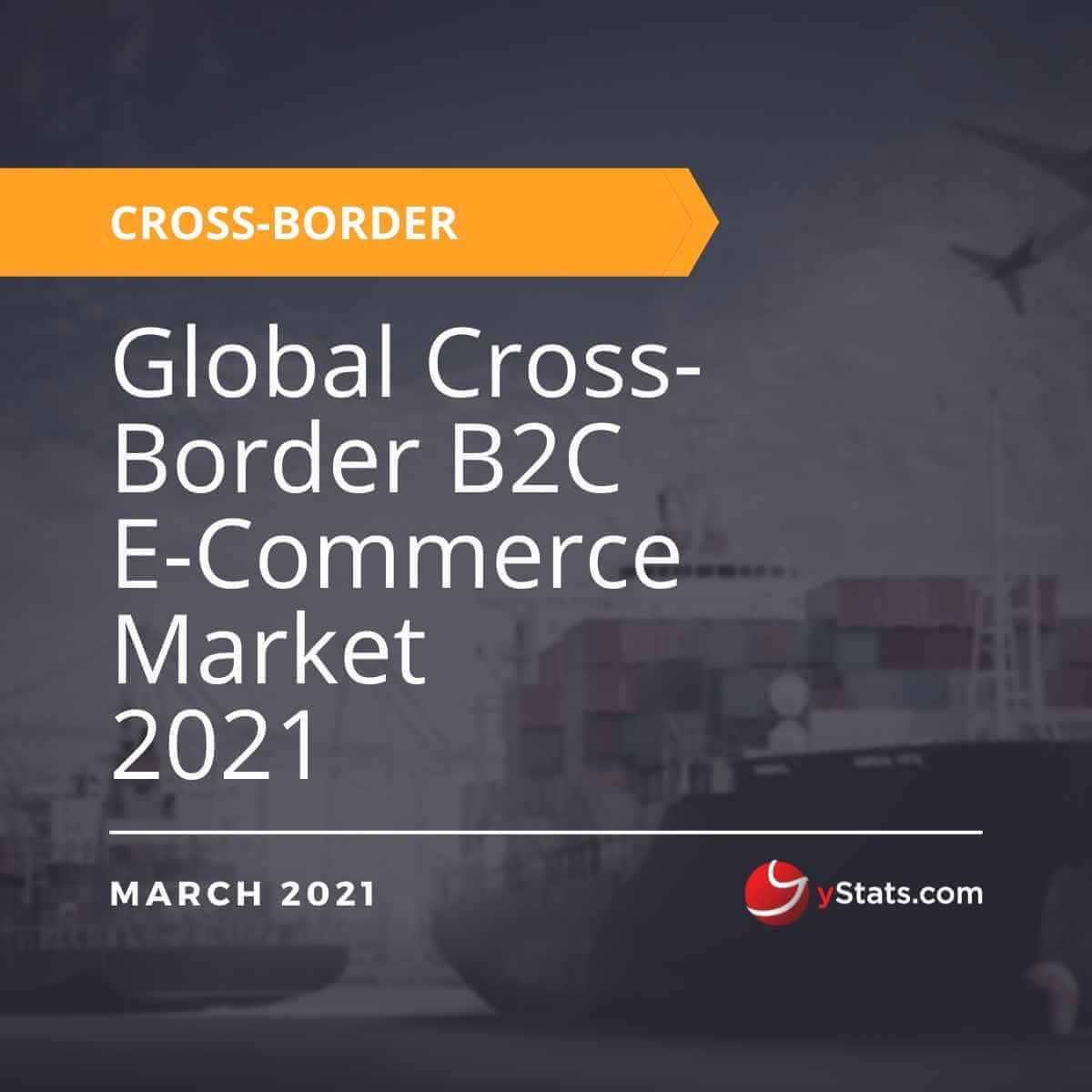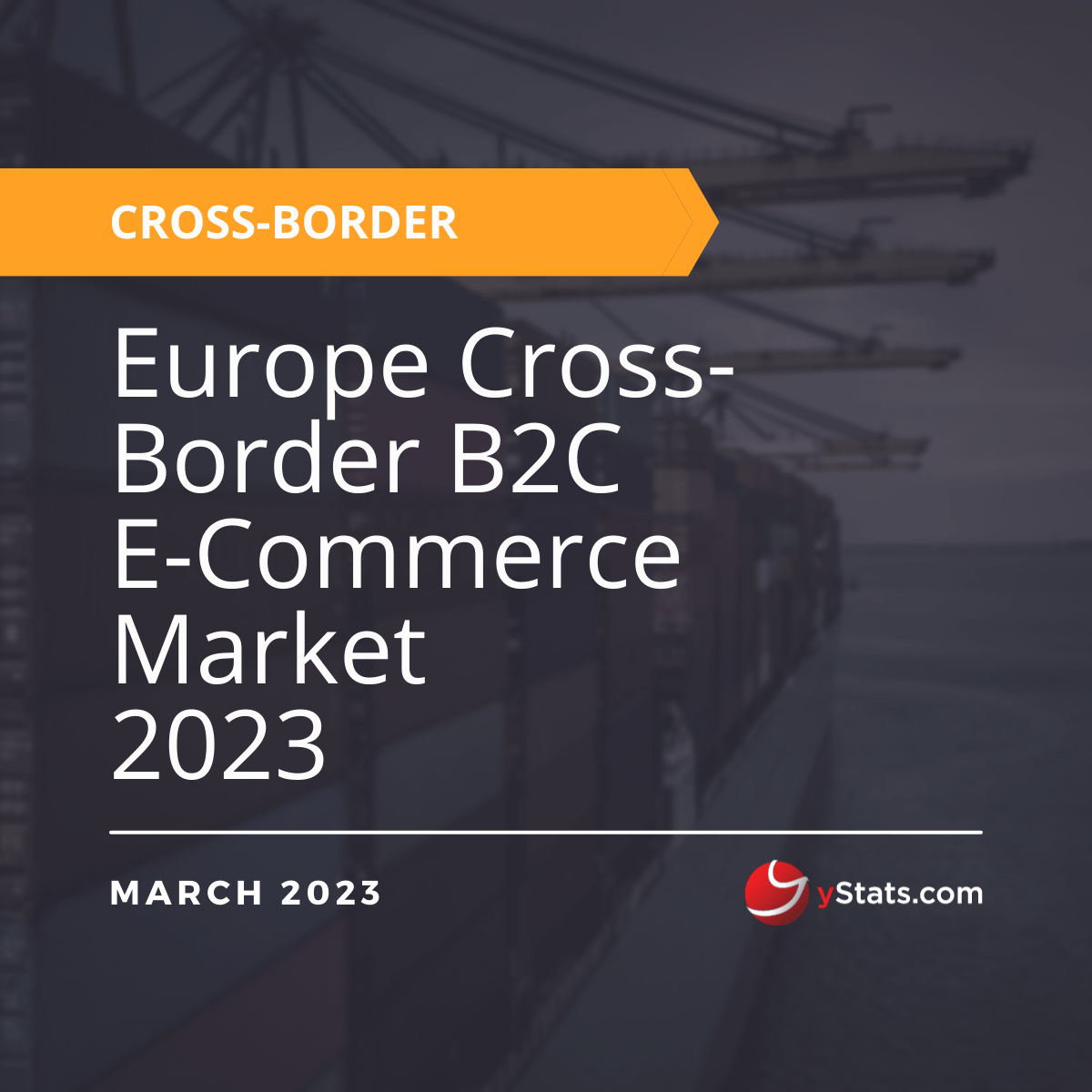Description
Countries Covered: Japan, South Korea, Australia, Singapore, New Zealand, China, India, Indonesia, Malaysia, Germany, Italy, Spain, UK, France, Sweden, Netherlands, Austria, Belgium, Switzerland, Ireland, Denmark, Finland, Iceland, Luxembourg, Portugal, Russia, Turkey, Greece, Hungary, Croatia, Slovenia, Estonia, Lithuania, Latvia, Cyprus, USA, Canada, Brazil, Mexico, Colombia, Chile, Saudi Arabia, UAE.
Pages: 125
Publication Date: 14/03/2023
Questions Covered in the report:
- What is the forecasted value of the cross-border E-Commerce market including B2C E-Commerce in 2026?
- What are the emerging trends that are changing the global cross-border B2C E-Commerce market?
- What is the estimated turnover of the cross-border B2C E-Commerce market in EU 16 countries as of 2022?
- What were the most used marketplaces globally while shopping cross-border as of October 2022?
Key Findings:
Cross-border E-Commerce market including B2C E-Commerce is forecasted to grow by double-digit CAGR between 2022 and 2026: new yStats.com report.
Although the cross-border B2C E-Commerce market has gained momentum post-pandemic, consumers globally are inclining towards local and domestic purchases
A change in buying habits post-pandemic resulted in an increase in online purchases, with consumers globally turning towards international markets for fulfilling their purchase requirements. Thus, the share of online shoppers worldwide who bought via cross-border channels saw a rise of certain percentage points between 2019 and 2021, as reported by the new yStats.com publication. Furthermore, the market value of the overall cross-border E-Commerce market is forecasted to witness a double-digit CAGR between 2022 and 2026, reaching a value in trillions of Euros. Apart from this, nearly one-half of online shoppers globally indicated to be more comfortable in purchasing cross-border as of 2021 as compared to 2020. In terms of age groups, millennials accounted for the largest share of cross-border B2C E-Commerce purchase frequency across different numbers of purchases, with close to two-thirds of millennials making up for the highest share at over 50 purchases as of November 2021. Moreover, the cross-border B2C E-Commerce turnover for EU 16 countries saw a double-digit Year-on-Year growth between 2020 and 2021 as also 2021 and 2022, with an estimated value reaching billions of Euros as of 2022, as spelled out by the new yStats.com report. Despite the growth of cross-border B2C E-Commerce, more than one-fourth of online shoppers globally are inclined toward domestic and local products as of 2021. Additional custom charges and increased VAT on cross-border items coming into the EU were among the reasons that contributed to the shift to local and domestic products. For instance, in Spain, 32% of E-Commerce revenue came from domestic purchases that were made inside of Spain as of 2021. Furthermore, in Turkey, domestic E-Commerce expenditure accounted for a share of 88%, while the share of expenditure coming from cross-border E-Commerce purchases was only 7% as of H1 2022.
Upcoming trends such as hyper-personalization, AR/VR, and live shopping are changing the shape of the cross-border B2C E-Commerce market worldwide
The shift of consumers towards online shopping platforms gave a rise to the growth of cross-border B2C E-Commerce, with Amazon and AliExpress being the most preferred marketplaces among online shoppers for cross-border purchases. The changing expectations of cross-border B2C E-Commerce buyers contributed to the emergence of new consumer trends such as hyper-personalization, AR/VR, as well as live shopping. To meet the expectations of the customers, brands especially make-up, clothing, and home décor are investing in AI and AR/VR technology which will enable customers to shop virtually, try on products, and visualize how the products look before making a final purchase decision, as stated in the new yStats.com report. Live cross-border shopping is gaining popularity among B2C buyers, as it allows them to have real-time product information. For instance, Amazon launched Amazon live in 2019, to allow businesses to live stream their products and put-up product links to enable instant buying. Furthermore, in Europe, for example, customer centricity, improvement to last-mile delivery involving green delivery, and development of marketplaces by brands and retailers themselves are estimated to be the trends dominating the cross-border B2C E-Commerce space as of 2022.






